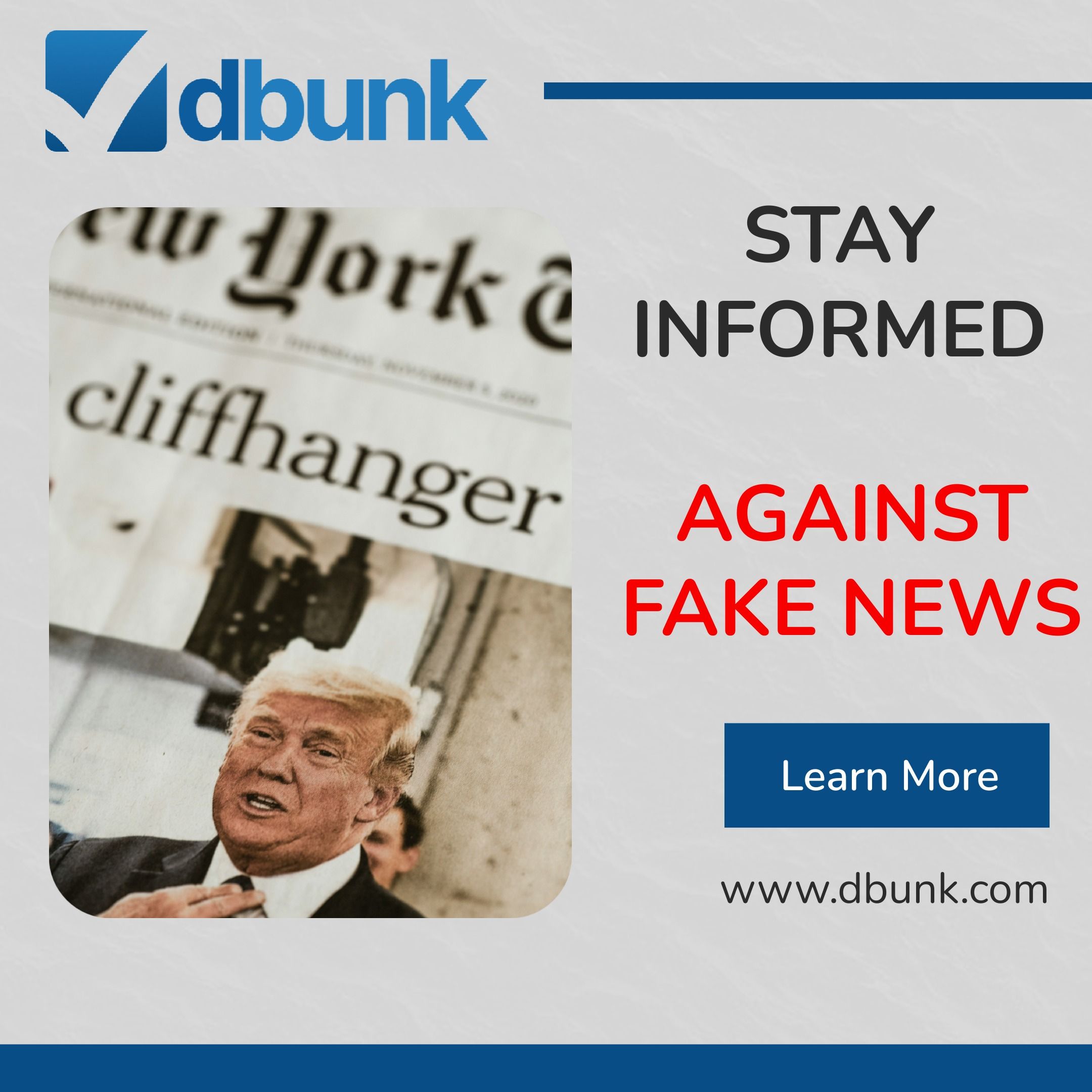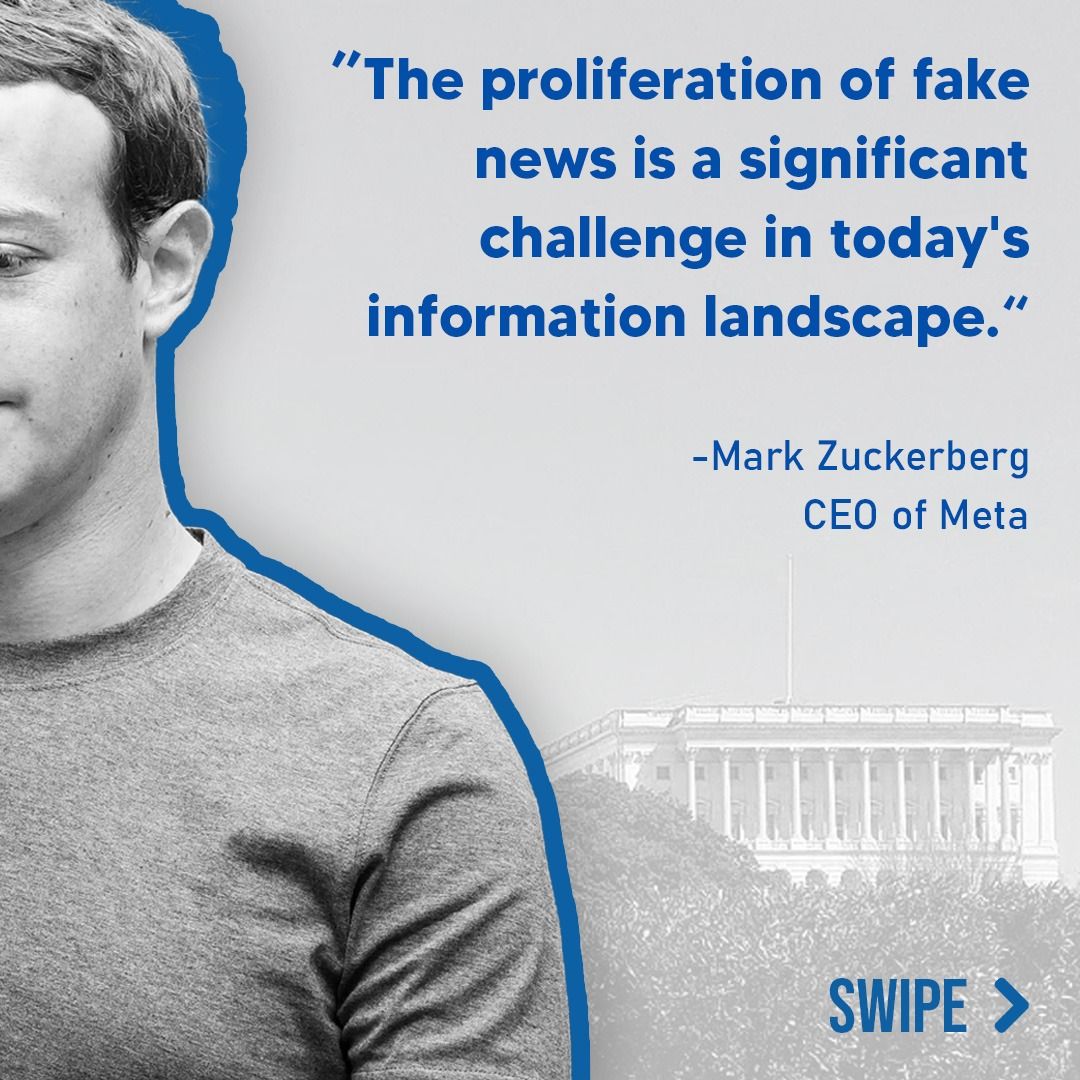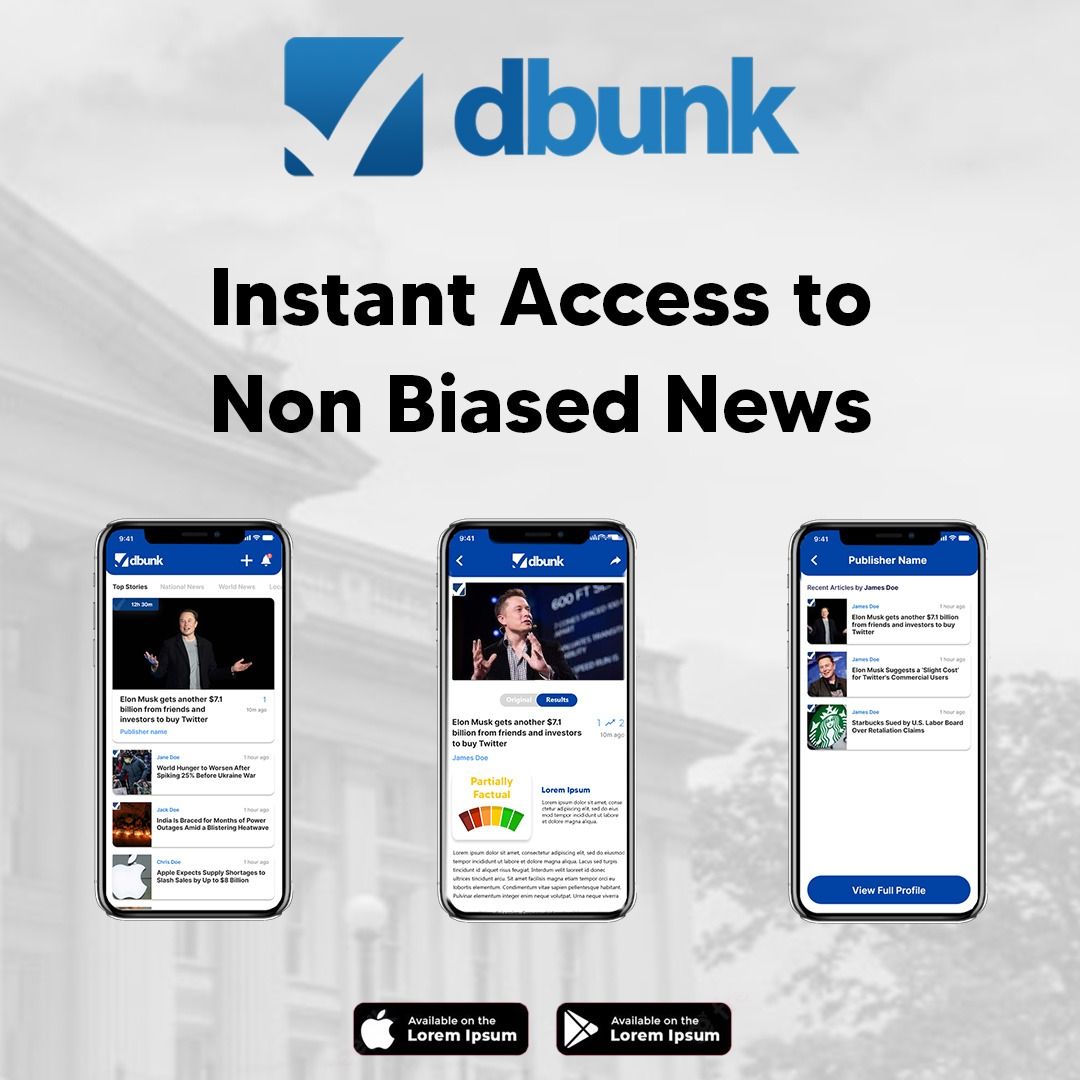“`html

Fact Check Analysis: Are Tariffs Inevitable?
At DBUNK, we frequently receive requests to review news articles for misinformation or missing context. This week, one of our subscribers submitted the New York Times article, “Are Tariffs Inevitable?” for verification. The article, published on December 16, 2024, delves into President-elect Donald Trump’s rhetoric and potential actions on tariffs, sparking concerns about their impact on global trade and consumer prices. It’s time to dig deeper and separate fact from speculation.

Claims of Concern
There are multiple claims within the article that warrant scrutiny, particularly around the definitiveness of Trump’s proposed tariffs, their potential impact, and the extent to which businesses and global leaders are reacting.
Misinformation: “Trump’s Mind is Already Made Up”
The article states that Trump’s team is urging businesses to take his tariff rhetoric seriously, suggesting that “Trump isn’t merely using tariff warnings as an opening salvo in trade negotiations.” While this claim attempts to present Trump’s stance as final, it lacks supporting evidence. Often during campaign transitions, strong rhetoric serves as a negotiation tactic. Without concrete policy actions or statements from Trump directly confirming an irreversible stance on tariffs, this claim is speculative at best. This missing nuance could mislead readers into believing that tariffs are inevitable rather than part of a wider strategy.
Missing Context: Consumer Impact
The article briefly acknowledges concerns from Walmart, Costco, and economists about the potential for price increases, but it does not provide readers with specific, quantifiable data. For instance, history shows that tariffs typically lead to price hikes for certain imported goods, but the degree varies by product category. Without elaborating on which consumer goods might be most affected or contextualizing historical tariff impacts, the article leaves readers with incomplete information. A detailed explanation would help consumers better understand the potential ramifications for their wallets.
To answer the question posed by our audience—“If tariffs go into effect, how bad could it get for regular people?”—let’s explore. Research from the Peterson Institute for International Economics suggests that a 25 percent tariff could lead to a 5 to 10 percent price increase on certain consumer items. This means everyday products like produce, electronics, and clothing may become more expensive at Walmart or Costco. However, essential items sourced domestically might see little to no price changes.

Bias: Reactionary Tone Toward Trump
Throughout the article, there is subtle but detectable bias against Trump’s trade policy approach. Phrases such as “Trump, who has called tariffs ‘the most beautiful word in the dictionary,’” seem designed to cast doubt on his seriousness or credibility. While the selection of these quotes may be accurate, they could be deemed unfairly reductive. A more balanced analysis would juxtapose these statements with his administration’s intentions or historical tariff usage to present a fuller picture.
Factually Correct Claims
To the authors’ credit, the article correctly notes that tariffs often lead to price increases and can disrupt global trade. It also accurately reports that companies are lobbying for leniency and that economists are concerned about consumer price impacts. These are valid observations supported by economic principles and reports from lobbying agencies, such as the U.S. Chamber of Commerce.

Conclusion
The New York Times article “Are Tariffs Inevitable?” raises important questions but falls short in several areas. Its framing of Trump’s tariff strategy as definitive is misleading, while the lack of detailed analysis on consumer impacts leaves readers with an incomplete understanding. Moreover, the slightly reactionary tone toward Trump contributes to a perceptible bias. While the article contains some valid reporting, its shortcomings emphasize the need for careful scrutiny of news content.
At DBUNK, we are committed to helping readers navigate the complex world of news and misinformation. Download our app today and join us in the fight for clarity and factual understanding.

“`

